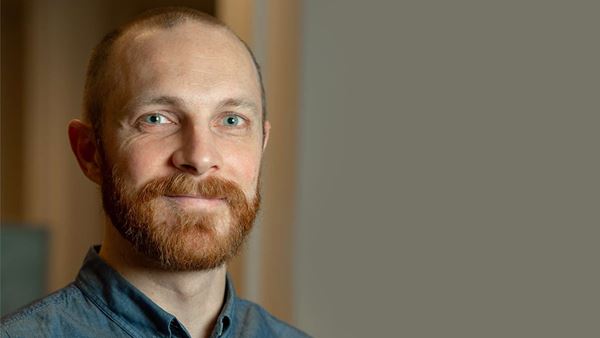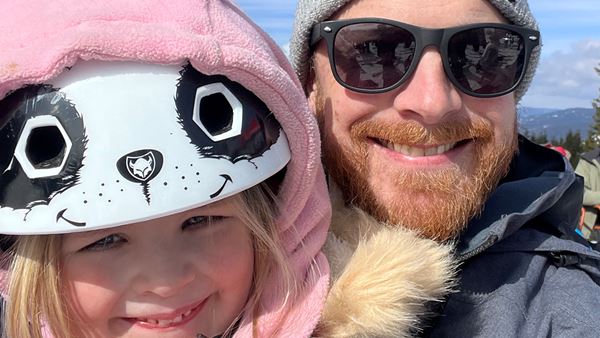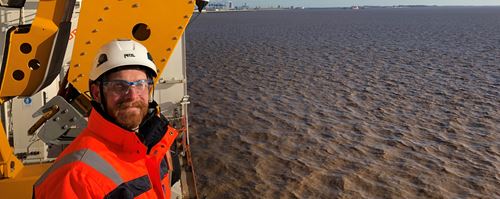We’ve turned the spotlight on Principal Engineer Eric Van Buren, to get an insight into his responsibilities and perspective. Read on to learn what he does every day, what surprises him, and where his biggest challenge might yet lie…
What led you to Fred. Olsen Windcarrier?

My interest in offshore wind energy started when I was completing my master’s degree in structural engineering at Texas A&M University. After attending lectures on the subject by a visiting professor from Norway, I was fascinated and decided that's what I wanted to pursue as a career.
When I completed my degree, I began looking for offshore wind jobs in the U.S., but this was 2009 and the industry was undeveloped. Thankfully, the visiting professor mentioned a new PhD program related to offshore wind at the Norwegian University of Science and Technology, so I applied and was fortunate to be accepted.
After this, I began my career in Norway designing steel jackets for an Oil & Gas company before seeking opportunities in offshore wind. When an engineering position at Fred. Olsen Windcarrier opened, I jumped at the chance and have now been at the company for over seven years.
What are your responsibilities?
As Principal Engineer I focus primarily on managing WTG installation projects. Much of my role is a mix of technical and personnel management, dividing the project into work packages and assigning people to handle them, and then helping to steer everything in the right direction. I also assist with developing future technical solutions to help win new projects.
Many projects involve lifting heavy components into place, so a primary engineering focus is on the crane and how the lifting operations must be planned and executed. Any extra equipment we need to procure, such as mooring equipment, is also within our scope, as well as all of the marine engineering and operation procedures.
Generally, 90% of my time is spent within our corporate office, but when we are getting close to the mobilization phase, my team and I visit the vessel to oversee the installation of specific equipment required for that project.
What surprises you about the offshore wind industry?
When I first started, I was amazed at how young the industry was, not only in terms of the technology, supply chain, and procedures, but also the people involved (especially coming from Oil & Gas, where the average age is around 40+). This means, however, that you get a lot of responsibility and input into what’s going on at an early stage of your career, which is very valuable!
What are you working on now?
My current project has the widest scope of anything we’ve ever done. Typically, we have two or three engineers on a project but in this case we have nine due to its complexity.
What’s unique about this project is that we will be transporting turbine components from the shore to our vessel using a floating feeder barge, before lifting them onto our vessel ready for installation. This is a completely new concept that no one has done before.
We have had to expand our team to handle the broader scope of this project and I’ve been working on the plan for over a year, although execution will not begin until late 2024. Ideally, once the project starts, hopefully we will have solved any potential problems in advance.
What do you enjoy about working for Fred. Olsen Windcarrier?
I really like working here because it’s a small company relative to many of our competitors. You get to become a key part of the organization and the tasks are so varied that you never find yourself at a desk doing the same thing every day.
For example, some days I am working on a highly technical analysis, and others I may be on a vessel observing a welding procedure. For someone like me who enjoys variety, you get to steer your own tasks and do a bit of everything to become a more well-rounded engineer.

What do you do when you are not working?
At home I enjoy winter sports, like skiing and snowboarding. This year I’ve been teaching my 4-year-old daughter how to snowboard. It’s been fun watching her go from being terrified to doing turns over the course of one winter.
The next step is teaching her how to ride a bike – although I suspect that may be somewhat more challenging than managing offshore windfarm installations…!
